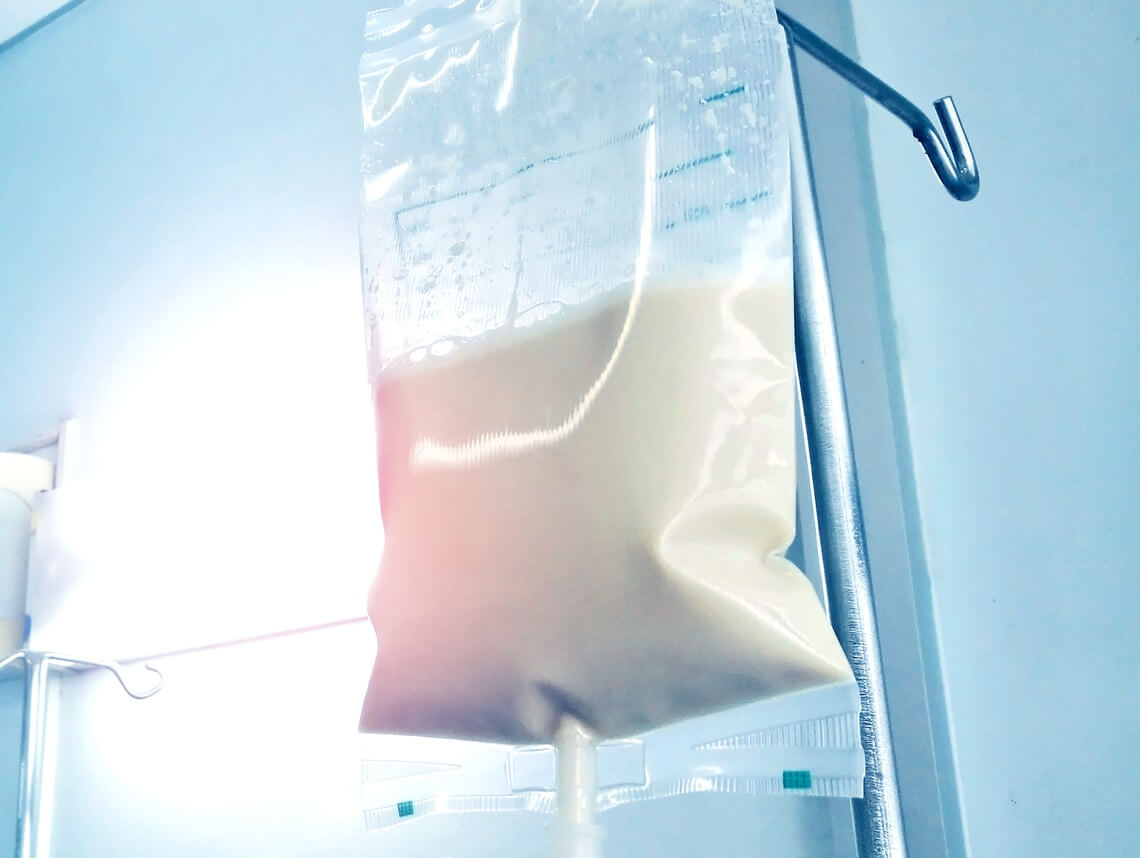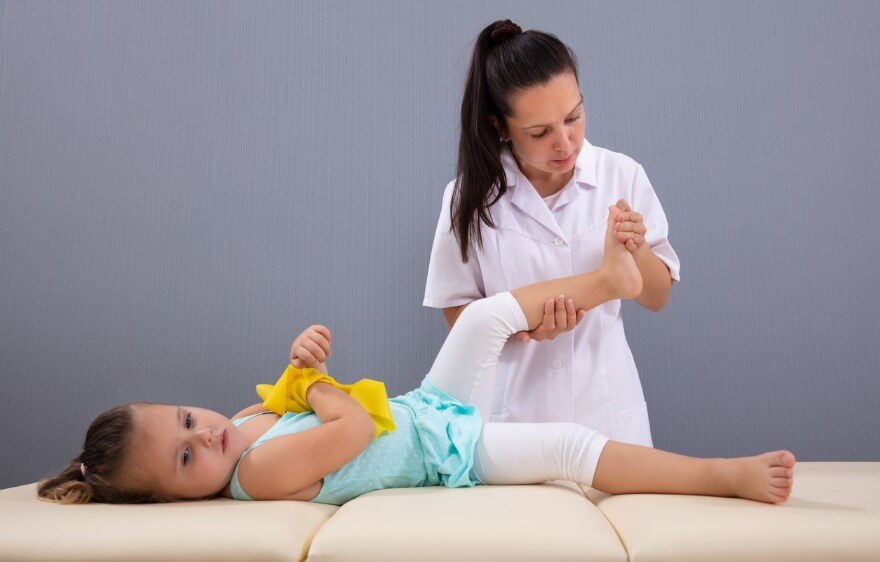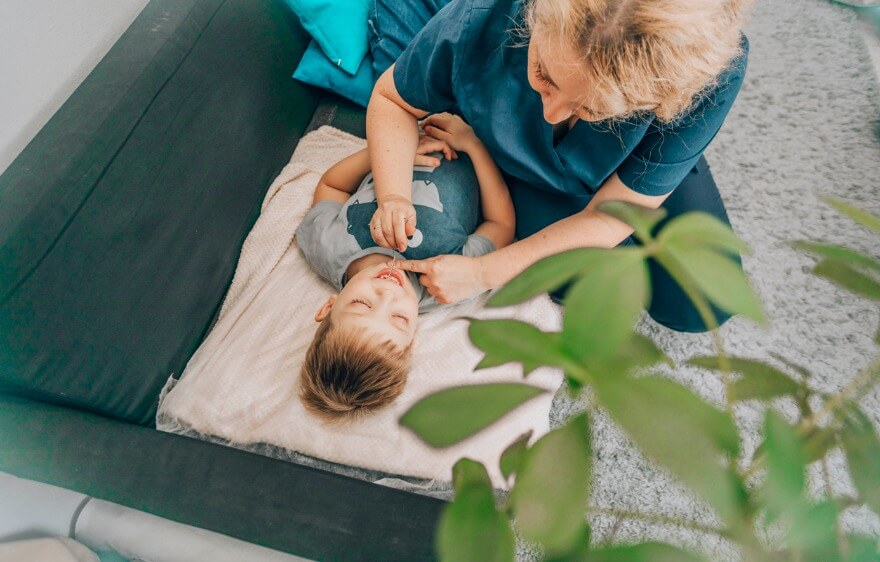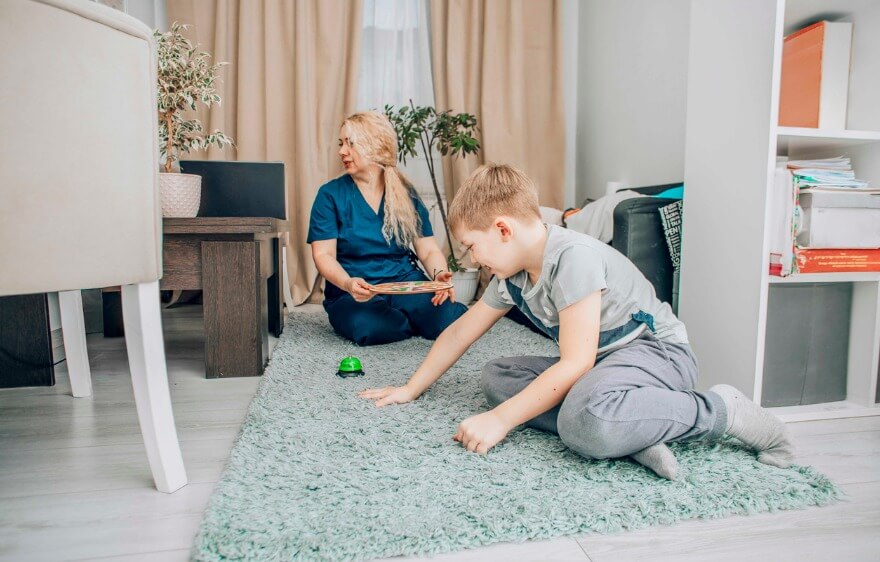Gastronomy tubes (also known as G-tubes) are necessary for both adult and pediatric patients who can’t consume nutrients or hydration on their own due to a health condition. The families of such patients deal with the emotional load that comes with becoming acquainted with new medical terms, getting ready for the G-tube procedure on their loved one, learning how to care for the loved one at home, and possibly worrying about complications. But what happens when it’s time to remove the G-tube? What can you expect from such a procedure? And which signs do you need to watch out for to prevent complications?
Can a feeding tube be removed?
G-tubes can be removed once the doctor determines that a patient is stable and healthy enough to take nutrition and hydration through regular eating and drinking. The child must also be able to take their medications orally. The pediatrician will monitor this progress for several months before deciding to remove the tube.
G-Tube Removal Procedure
The doctor will start by administering anesthesia to your loved one. The actual removal procedure only takes a few minutes. If the child has a balloon tube — a type of G-tube that features a balloon on the part inserted into the stomach to prevent it from being accidentally pulled out — it will need to be fully emptied prior to removal.
When the tube is ready to be removed, the doctor can do so right at their office.
Prior to the procedure, the doctor will provide you with instructions on how to prepare. These involve the following:
- Requirements about meals on the day prior to the procedure
- Taking medications prior to the scheduled appointment
- Avoiding foods and drinks for a specific time frame prior to the procedure
The doctor will also provide instructions on how to care properly for your loved one while the opening (stoma) heals. These requirements include:
- How to change the gauze
- How often to change the gauze
- How often to eat
- Which meals to eat
- Limiting the amount of liquids consumed
- Using food coloring to dye food
- Applying zinc oxide around the opening
- Instructions on bathing and keeping the stoma dry
What happens when a feeding tube is removed?
Once the tube is pulled out, the doctor will cover it with gauze and instruct you on cleaning and caring for the wound — as well as on how long to keep it covered — until the opening closes up on its own.
G-Tube Removal Healing Time: How long does it take for a feeding tube hole to close?
The opening will begin to heal within hours after the G-tube has been removed. Generally, the process takes several weeks. In very rare circumstances, surgery may be necessary to close it.
Once closed, your child will end up with a relatively small scar, approximately the same size as an earring piercing.
G-Tube Removal Complications
Although rare, as with any procedure, there’s always a risk of complications. Keep monitoring your child for several days after the G-tube removal to ensure they are healing properly. Do keep in mind the most common complications so that you can learn to recognize the signs. These include:
Bleeding: Bleeding after the procedure is rare. However, prior to leaving the hospital, talk with your doctors about ways to control it in case it were to occur. Most bleeding after a G-tube removal can be easily contained.
Infection: The best way to prevent an infection is to keep the stoma clean and dry. Also, wash your hands every time you’re going to clean and/or change the gauze. Call your loved one’s doctor immediately if you notice any redness, swelling, pain, warmth around the stoma, and/or fever.
Allergic Reactions: Some people may experience an allergic reaction to the anesthesia used during the procedure. Signs that this is occurring include skin rashes, breathing difficulties, swollen lips, face, and/or tongue, and/or dizziness. If this occurs, seek emergency care immediately.
Schedule Your Child’s Care Assessment Today
At Care Options for Kids, we understand the unique challenges of caring for a child with severe health conditions. Our dedicated team of pediatric home health care nurses is here to support your family with compassionate, expert care tailored to your child’s needs. Contact us today to schedule an assessment and learn how we can help you navigate this journey with confidence and care.
Click here to start your journey to better care.






